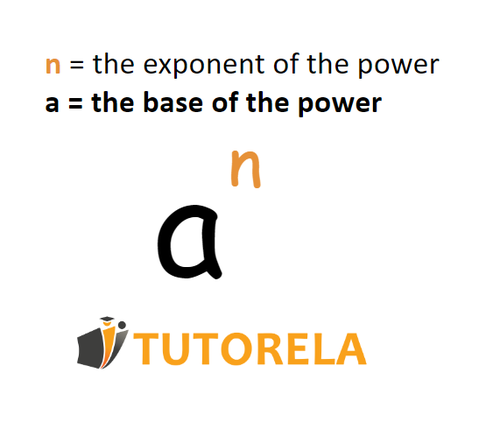The exponent implies the number of times the base of the power must multiply itself.
In order for the base of the power to know how many times it should multiply itself, we must look at the exponent. The exponent denotes the power to which the base must be raised, that is, it determines how many times we will multiply the base of the power by itself.
How can they remember it?
It is called the exponent because (from the Latin exponentis) it makes visible or exposes how many times the base of the power will be multiplied.
In reality, it not only exposes but also determines.
How will we identify the exponent?
The exponent appears as a small number that is placed in the upper right corner of the base of the power.
It is not the main factor as the base is, therefore, its size is smaller and it appears discreetly to the right side and above it.
